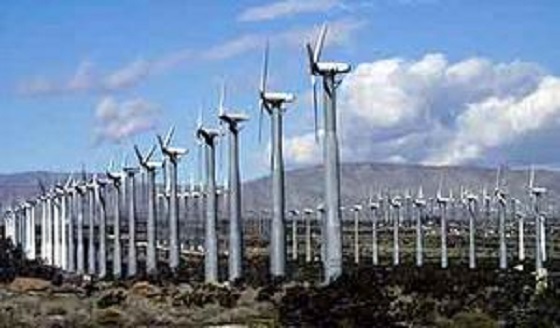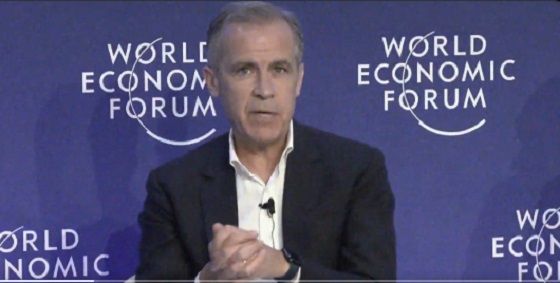Alberta
Indoor masking is back – Province taking action to reduce hospitalizations
Further actions to protect health system from COVID-19
Due to increasing COVID-19 transmission and rising hospital admissions, overwhelmingly amongst unvaccinated Albertans, temporary measures are needed to reduce transmission and prevent the health-care system from being overwhelmed.
Currently, more than 80 per cent of COVID-19 cases in hospital are unvaccinated, including 91 per cent of patients in intensive care.
“Vaccines are safe, effective, and a game-changer. This is why the current wave is different than what we’ve experienced before. While we do not need to return to the same widespread and dramatic measures we had in place earlier in the pandemic, unvaccinated Albertans in particular are still at risk and are placing a heavy load on our health-care system. This is why we are taking measured steps and introducing a new incentive program to encourage more Albertans to get the jab.”
“As I have always done, I use the best currently available evidence from Alberta and around the world to inform my recommendations to protect the health of Albertans. With hospitalization rates rising, it is important that we take additional steps to help reduce the spread of COVID-19. My ultimate goal continues to be to shift from pandemic to endemic and put more focus on the complete health of Albertans – we must learn to live with COVID. Getting vaccinated today is the best possible way for us to get there.”
New vaccine incentive program
A one-time incentive of $100 is now available for all Albertans age 18 or older who receive a first or second dose of vaccine between Sept. 3 and Oct. 14.
This incentive is intended to encourage unvaccinated Albertans to get protected as soon as possible.
After vaccination, eligible Albertans will be able to register online. Alberta Health will validate registrations against provincial immunization data. This website will be available starting on Sept. 13. If Albertans do not have access to a computer, they can contact 310-0000 for assistance, starting on Sept. 13.
Temporary measures
- The province will make masks mandatory for all indoor public spaces and workplaces starting Sept. 4 at 8 a.m. Schools are not required to implement masking but school boards will continue to set COVID-19 management policies as they deem appropriate.
- Also, as of Sept. 4 at 8 a.m., restaurants, cafés, bars, pubs, nightclubs and other licensed establishments will be required to end alcohol service at 10 p.m.
- In addition, Albertans are encouraged to limit in-person contacts. To support this, the province strongly recommends that unvaccinated Albertans limit their indoor social gatherings to close contacts of only two cohort families up to a maximum of 10 people.
- It is also recommended that employers pause their plans to have staff return to work and instead continue with work-from-home measures. If employees are working on location, employees must mask for all indoor settings, except in work stations or where two-metre physical distancing or adequate physical barriers are in place.
Additional vaccine incentives
All Albertans who have received two doses of vaccine and are aged 18 and over are eligible for the remaining $1-million draw for the Open for Summer Lottery. To register and for complete details, visit alberta.ca/lottery. The final draw closes Sept. 23.
Fully protected Albertans are also eligible to enter the Outdoor Adventure vaccine lottery. To register and for complete details, visit alberta.ca/outdoor-adventure-
Book an appointment and get vaccinated
All Albertans can book appointments via AHS online or by calling 811, or through participating pharmacies. Walk-in appointments for first doses are also available. For schedule and locations, visit ahs.ca/vaccine.
Updated modelling
Based on information available in mid-August, an updated projection of estimated COVID-19 cases and hospitalizations to the end of September was developed. Current actual data is trending toward the high end of the projections, therefore numbers may exceed the projections. Peaks in the model are only estimates, and actual peaks may be higher and later than anticipated if current growth trends continue.
This provincial modelling shows intensive care unit patients could possibly peak at around 180 in the medium scenario, although if accelerating trends continue, numbers could reach or exceed the currently projected high scenario at 290.
Other hospitalizations (non-ICU) are currently trending toward the high scenario, with a potential peak of 700 in the next several weeks. If the high scenario peaks are reached, this would mean a greater combined impact on the acute care system than in all previous waves, and if changes in transmission cause greater spread, these numbers could be exceeded.
Modelling is for the entire province. Some regions will experience different case and hospitalization statistics per capita; this will particularly be expected in those areas with lower rates of vaccinations.
Modelling is a dynamic process where there are constant comparisons against observations versus projections. When these comparisons deviate, the model assumptions are re-evaluated, which may change with new information such as outbreak events.
This modelling is now available online. A separate evidence summary has also been posted, including key assumptions and considerations, hospital impact modelling that was developed in June to inform changes announced in late July, and a reference list for further reading.
Alberta
Big win for Alberta and Canada: Statement from Premier Smith

Premier Danielle Smith issued the following statement on the April 2, 2025 U.S. tariff announcement:
“Today was an important win for Canada and Alberta, as it appears the United States has decided to uphold the majority of the free trade agreement (CUSMA) between our two nations. It also appears this will continue to be the case until after the Canadian federal election has concluded and the newly elected Canadian government is able to renegotiate CUSMA with the U.S. administration.
“This is precisely what I have been advocating for from the U.S. administration for months.
“It means that the majority of goods sold into the United States from Canada will have no tariffs applied to them, including zero per cent tariffs on energy, minerals, agricultural products, uranium, seafood, potash and host of other Canadian goods.
“There is still work to be done, of course. Unfortunately, tariffs previously announced by the United States on Canadian automobiles, steel and aluminum have not been removed. The efforts of premiers and the federal government should therefore shift towards removing or significantly reducing these remaining tariffs as we go forward and ensuring affected workers across Canada are generously supported until the situation is resolved.
“I again call on all involved in our national advocacy efforts to focus on diplomacy and persuasion while avoiding unnecessary escalation. Clearly, this strategy has been the most effective to this point.
“As it appears the worst of this tariff dispute is behind us (though there is still work to be done), it is my sincere hope that we, as Canadians, can abandon the disastrous policies that have made Canada vulnerable to and overly dependent on the United States, fast-track national resource corridors, get out of the way of provincial resource development and turn our country into an independent economic juggernaut and energy superpower.”
Alberta
Energy sector will fuel Alberta economy and Canada’s exports for many years to come
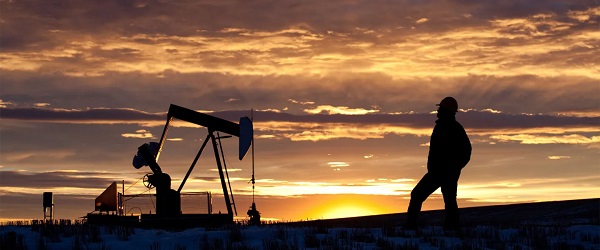
From the Fraser Institute
By any measure, Alberta is an energy powerhouse—within Canada, but also on a global scale. In 2023, it produced 85 per cent of Canada’s oil and three-fifths of the country’s natural gas. Most of Canada’s oil reserves are in Alberta, along with a majority of natural gas reserves. Alberta is the beating heart of the Canadian energy economy. And energy, in turn, accounts for one-quarter of Canada’s international exports.
Consider some key facts about the province’s energy landscape, as noted in the Alberta Energy Regulator’s (AER) 2023 annual report. Oil and natural gas production continued to rise (on a volume basis) in 2023, on the heels of steady increases over the preceding half decade. However, the dollar value of Alberta’s oil and gas production fell in 2023, as the surging prices recorded in 2022 following Russia’s invasion of Ukraine retreated. Capital spending in the province’s energy sector reached $30 billion in 2023, making it the leading driver of private-sector investment. And completion of the Trans Mountain pipeline expansion project has opened new offshore export avenues for Canada’s oil industry and should boost Alberta’s energy production and exports going forward.
In a world striving to address climate change, Alberta’s hydrocarbon-heavy energy sector faces challenges. At some point, the world may start to consume less oil and, later, less natural gas (in absolute terms). But such “peak” consumption hasn’t arrived yet, nor does it appear imminent. While the demand for certain refined petroleum products is trending down in some advanced economies, particularly in Europe, we should take a broader global perspective when assessing energy demand and supply trends.
Looking at the worldwide picture, Goldman Sachs’ 2024 global energy forecast predicts that “oil usage will increase through 2034” thanks to strong demand in emerging markets and growing production of petrochemicals that depend on oil as the principal feedstock. Global demand for natural gas (including LNG) will also continue to increase, particularly since natural gas is the least carbon-intensive fossil fuel and more of it is being traded in the form of liquefied natural gas (LNG).
Against this backdrop, there are reasons to be optimistic about the prospects for Alberta’s energy sector, particularly if the federal government dials back some of the economically destructive energy and climate policies adopted by the last government. According to the AER’s “base case” forecast, overall energy output will expand over the next 10 years. Oilsands output is projected to grow modestly; natural gas production will also rise, in part due to greater demand for Alberta’s upstream gas from LNG operators in British Columbia.
The AER’s forecast also points to a positive trajectory for capital spending across the province’s energy sector. The agency sees annual investment rising from almost $30 billion to $40 billion by 2033. Most of this takes place in the oil and gas industry, but “emerging” energy resources and projects aimed at climate mitigation are expected to represent a bigger slice of energy-related capital spending going forward.
Like many other oil and gas producing jurisdictions, Alberta must navigate the bumpy journey to a lower-carbon future. But the world is set to remain dependent on fossil fuels for decades to come. This suggests the energy sector will continue to underpin not only the Alberta economy but also Canada’s export portfolio for the foreseeable future.
-
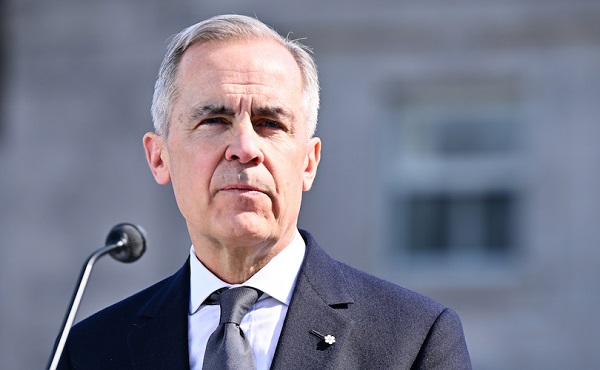
 2025 Federal Election2 days ago
2025 Federal Election2 days agoMark Carney refuses to clarify 2022 remarks accusing the Freedom Convoy of ‘sedition’
-

 2025 Federal Election2 days ago
2025 Federal Election2 days agoLiberal MP Paul Chiang Resigns Without Naming the Real Threat—The CCP
-

 Business2 days ago
Business2 days agoSaskatchewan becomes first Canadian province to fully eliminate carbon tax
-

 2025 Federal Election2 days ago
2025 Federal Election2 days agoPM Carney’s Candidate Paul Chiang Steps Down After RCMP Confirms Probe Into “Bounty” Comments
-
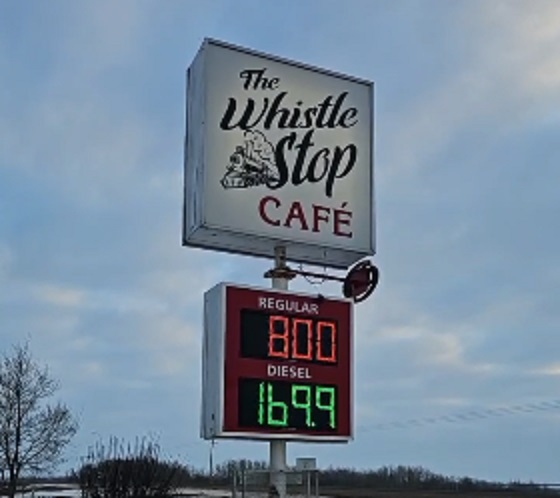
 Alberta1 day ago
Alberta1 day agoOwner sells gas for 80 cents per litre to show Albertans how low prices ‘could’ be
-

 Automotive2 days ago
Automotive2 days agoElectric cars just another poor climate policy
-

 International1 day ago
International1 day agoTrump’s ‘Golden Dome’ defense shield must be built now, Lt. Gen. warns
-

 2025 Federal Election2 days ago
2025 Federal Election2 days agoFight against carbon taxes not over yet


